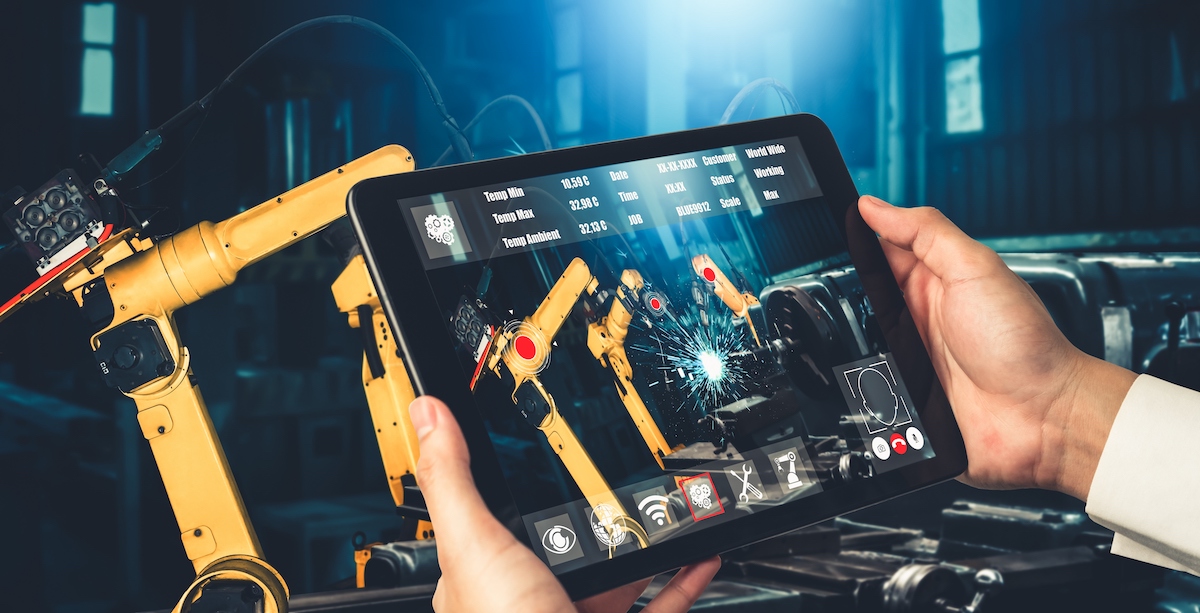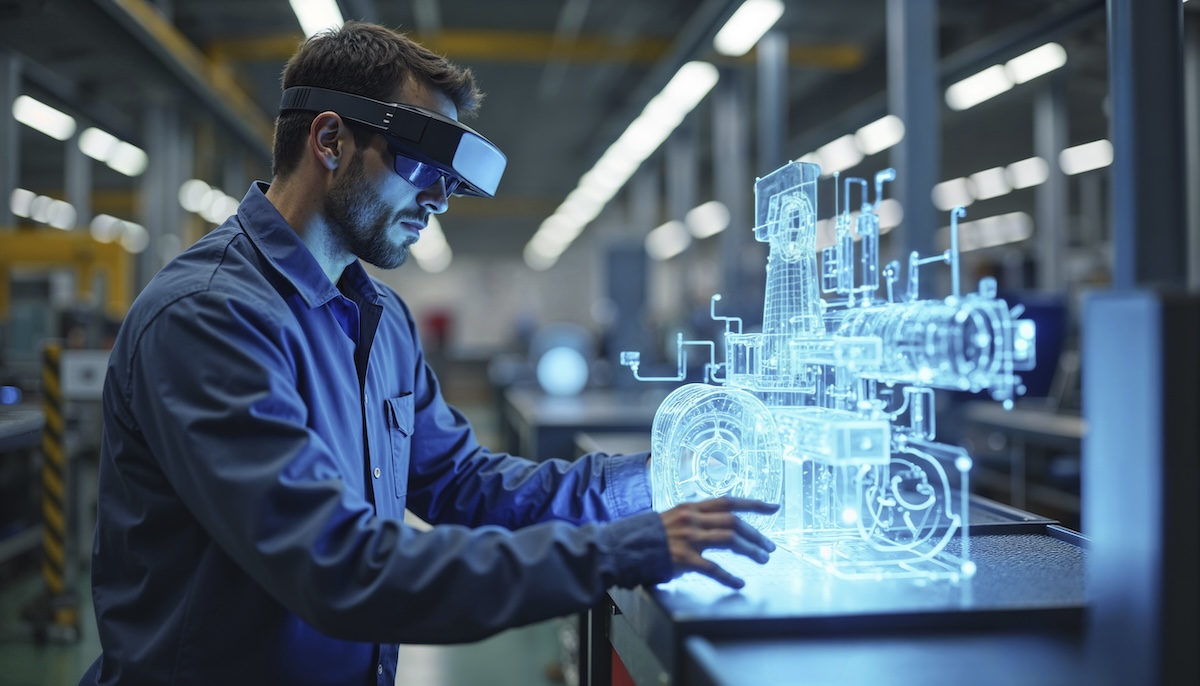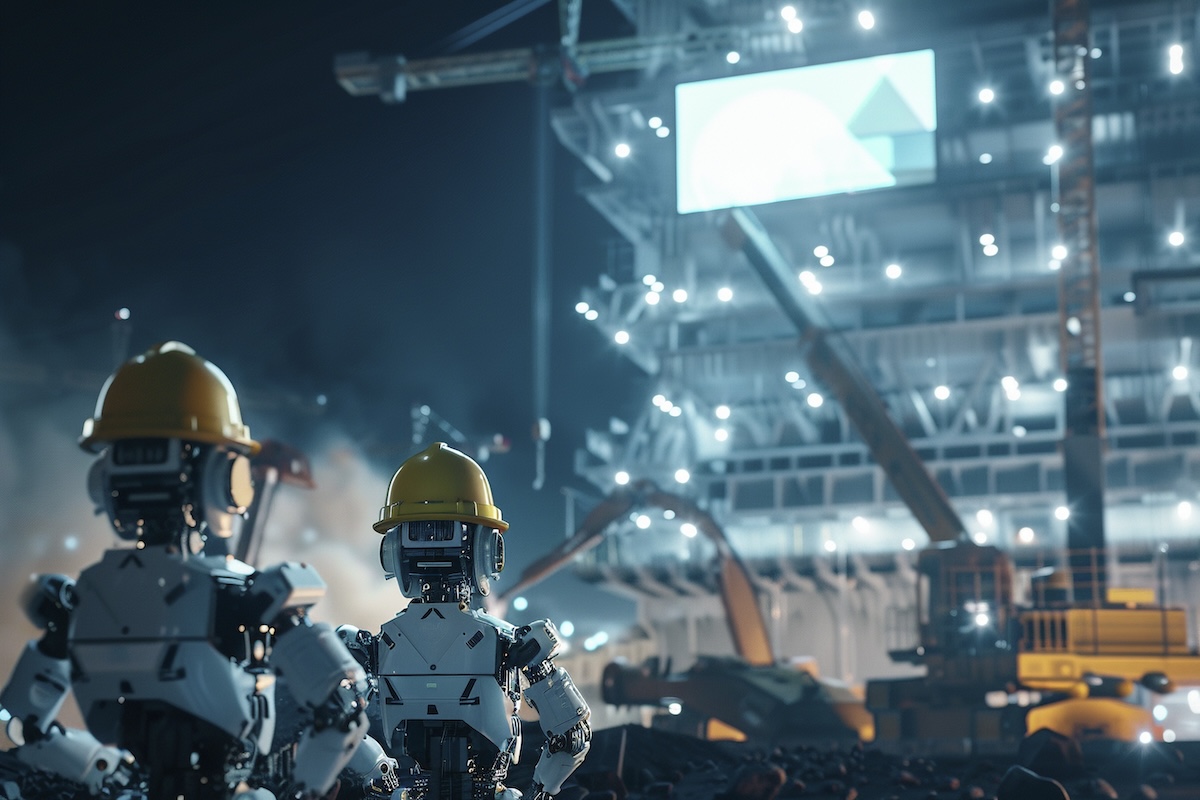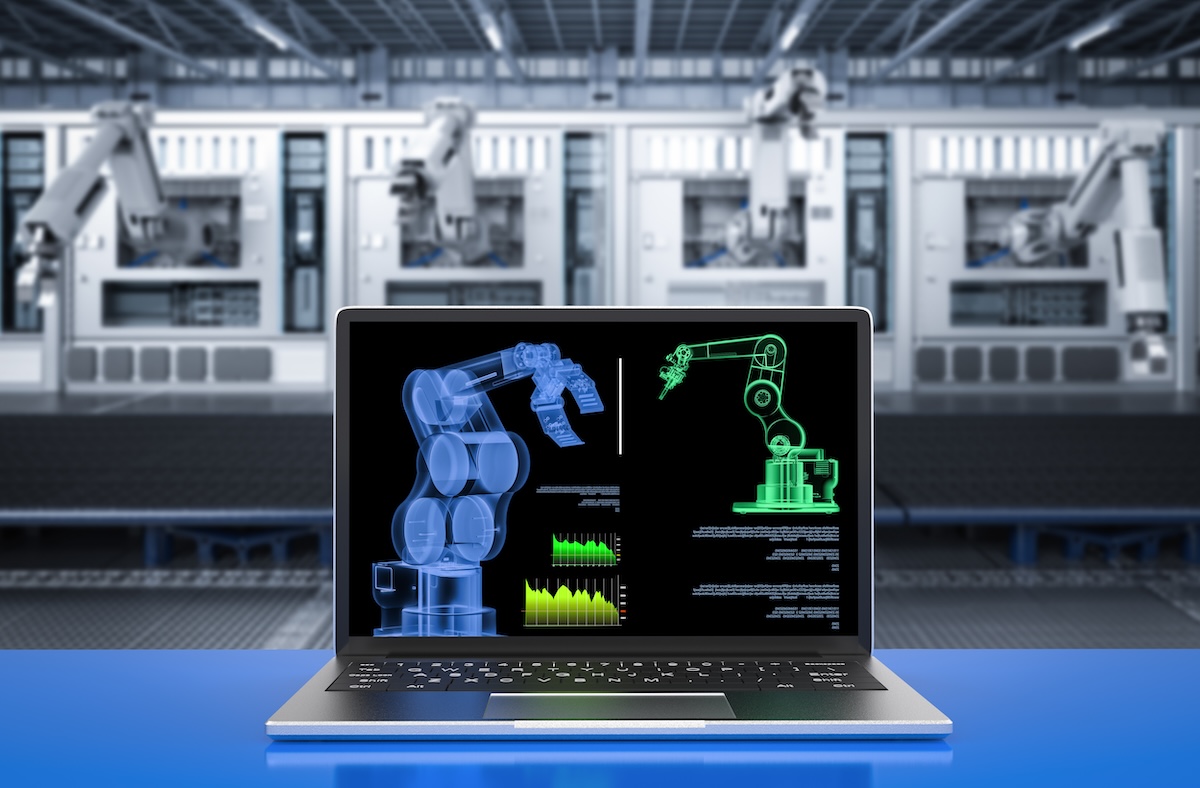The Cost Reducing & Quality Enhancing Realities of AR/VR In Automotive Manufacturing
With AR and VR technologies growing at a rapid pace and revolutionizing the modern age, it stands to reason why auto manufacturers have become one of the largest investors. Since first introduced back in the 1990s, AR and VR have significantly reshaped how the automotive industry designs, manufactures, and sells its vehicles, quickly making it one of the most valuable cost-saving and quality-enhancing tools to date. Not to mention that in coincidence with the operational advantages, these fundamental technologies have drastically improved the human experience along the way, making it a win-win on every front.
Now, there is no denying the AR and VR are powerful tools that auto manufacturers have been leveraging to boost their bottom line operations along with gaining a competitive edge. But the real question is, how does that positive outcome arise in the first place? In short, the answer is through the diversifiable streamlining of processes and procedures that benefits both the employees and consumers. To offer some more comprehensive insight, below is a breakdown of the cost and quality improvements AR and VR have offered auto manufacturers and why these technologies will continue to transform the future of automotive development.
Reducing Labor Costs Through Self-Serve Programming
One of the leading ways AR and VR have cut costs for auto manufacturers is through the implementation of self-serve programming. It is only natural that there will be issues and challenges that need to be resolved during the development process. Though there are still things that a skilled mechanic will need to remediate, AR and VR have drastically reduced maintenance labor time and money by adding an extra layer of support. Whether it be troubleshooting and solving more minor issues on their own to pointing maintenance professionals in the right direction, it makes this process a cheaper, faster, and more transparent one.
Streamlines Prototyping
Prototyping is necessary to ensure that the vehicle being introduced meets standard criteria and is of high quality. In the past, prototyping was done using things like clay models to reference through the designing phases. Now with technologies like VR, auto manufacturers can easily navigate through prototyping and check vital assembly steps well in advance to ensure that it is viable. Using Mercedes’s ‘virtual assembly station’ for example, this is a way for professionals to optimize their components better, do full-scale walk-throughs, perform test runs over long periods of time without hurting the prototyping budget, and produce a realistic final product with ergonomic considerations prioritized.
Quality Employee Training with Less Manpower
With the automotive industry ever-changing, even seasoned professionals need to stay updated with the current configurations and be trained accordingly with a business’s procedures. With that being said, auto manufacturing companies are able to offer cutting-edge training to new and experienced employees coming on board without having to pull the manpower away from other business relations. Using AR and VR as a training tool has given organizations the freedom to spend their time where it is needed the most without having to forfeit fundamental training as a direct result. In short, quality training in place with fewer manual resources, which equates to high functioning operations that boost production and profits.
Driver Safety Innovations
Aesthetics certainly matter, but what really drives quality is how safe the vehicle is for the driver and others on the road. With the help of AR and VR, vehicles today are being heavily improved with the protective, interconnected systems being incorporated into auto designs, such as parking assistance and blind spot sensors. It is also predicted that AR technology will feature smart wearables that will replace the need for phones, thus leading to fewer accidents. In summary, auto manufacturing quality skyrocketed in terms of safety precautions with the rise of AR and VR, and this point is arguably the most essential one of all.
Conclusion – The Era of AR and VR in the Automotive Industry
It wasn’t that long ago when automotive factory did not have AR and VR technology as a resourceful tool to develop and produce. Fast forward to today, companies like Ford, Nissan, Audi, Lexus, Cadillac, and many others all take advantage of VR and VR to design and sell their vehicles effectively, and as listed above, for good reasons. All in all, virtual and augmented reality has immeasurably improved and enhanced the automotive industry in more ways than one, ranging from cost savings to boosted quality as a whole. The best part is that this AR and VR era is continuously rising as a top dog resource on a global scale, making it quite interesting to see just how its dynamic influences will positively impact auto manufacturers in the near future. Find out more about Augmented Reality in IoT from an interview with Ian Kanski, CTO of UrsaLeo. More about IoT in the Automobile Industry
Resources
- What is the Future of Augmented Reality in the Auto Industry?
- Augmented reality and the future of automotive retail
- Simulate to fabricate: vehicle plants keep VR and AR in their sights
- Vroom with a view: HoloLens 2 powers faster fixes for Mercedes-Benz USA
About the author
This article was written by Maria Timonina, Digital Marketing at Aurora Labs and originally it was published here.



